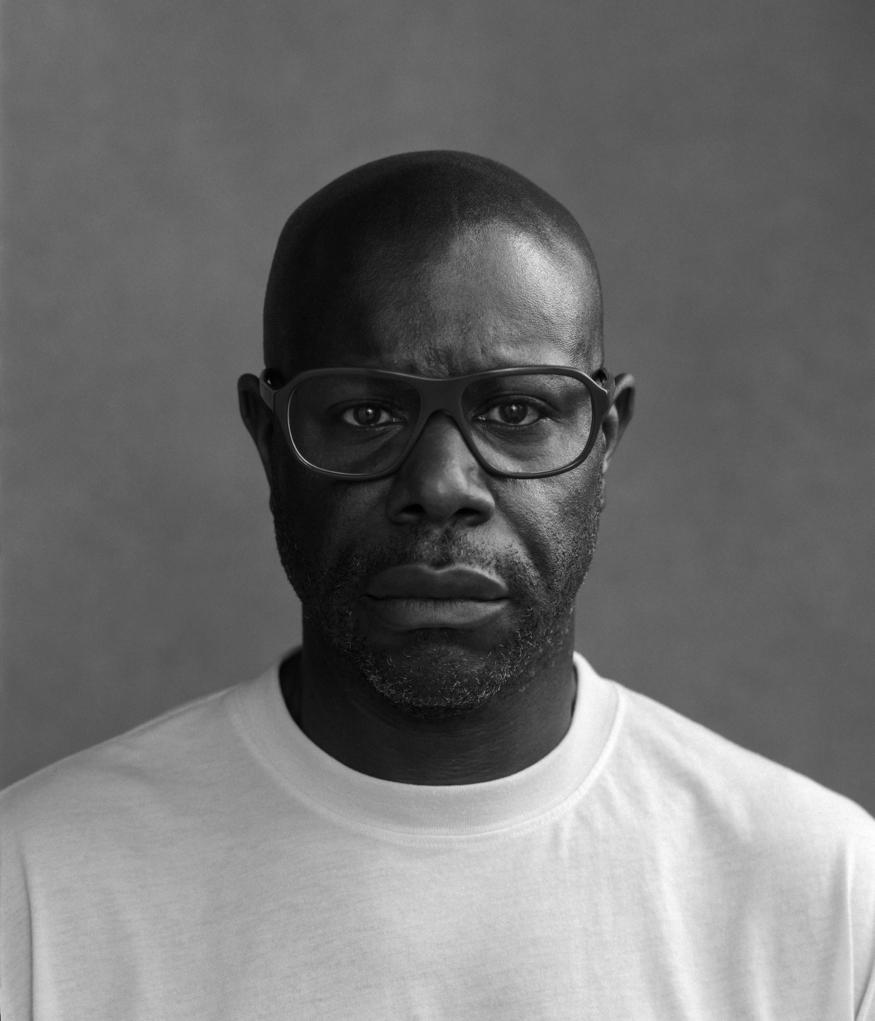Steve McQueen's Lynching Tree
Saturday, January 20 - February 4, 2024
Fenway Gallery
Saturday, January 20 - February 4, 2024
Fenway Gallery
Lynching Tree offers an opportunity to show Steve McQueen's important photograph and host critical conversations about slavery in the United States. The Museum uses a timed ticketing system during our regular business hours. We have been experiencing sell-out days over the weekend and encourage you to get your tickets early to ensure you have the chance to see this special, limited-run exhibition while it is at the Gardner Museum.
It’s about putting oneself in places that are not going to be comfortable but, by going there, you might uncover the truth of what is actually going on.
— Steve McQueen
Artist Steve McQueen reveals the hidden and erased histories that haunt the American landscape we inhabit, and the ways we negotiate the possibilities of the world we seek to create.
Upon entering this gallery, you will find a color photograph mounted in a lightbox that McQueen took while directing his film 12 Years a Slave (2013). With dramatic lighting and composition, McQueen exploits the beauty of nature to surface truths about slavery and racialized terror. Beckoning us to probe our surroundings for ever-present meaning, he aims to “unearth a certain sense of who we actually are, not who we want to be or who we think we are. . . . It’s the awakening not just hopefully for me but hopefully for the viewer.”
Simplicity and beauty....We wanted to use the natural beauty of this world as a counterpoint to the degradation of slavery.
— Steve McQueen
Without knowing its title, you might interpret McQueen’s Lynching Tree as a bucolic image of a Southern landscape, with its magnificent oak and an inviting path receding into the distance. McQueen’s composition evokes traditional landscape paintings, creating a scene of immersive beauty that makes the historical significance of this tree even more disturbing. Located on a former plantation near New Orleans, this oak and many like it were the sites of violent, racialized lynchings. They mark the sacred ground where unidentified murder victims now lie.
Although we often associate lynching with slavery, most lynchings took place between the end of the Civil War (1865) and the 1950s. Lynching was a tool of white dominance intended to dehumanize and terrorize victims of color through the spectacle of public brutality. Lynching occurred throughout the United States, including in Massachusetts, although it was most frequent in the South.
Just steps away, the Museum’s verdant Courtyard provides solace and respite. This proximity offers a space for us to contemplate the hidden scars revealed in Lynching Tree, even as we absorb the natural beauty around us.
We cannot begin the arduous journey towards racial justice and reconciliation without reflecting on the painful legacy of lynching.
— REV. GLORIA E. WHITE-HAMMOND, M.D.
The ground tells stories that our hearts and mind can barely contain. Rage, hurt, and grief are natural and necessary responses to all that the African diaspora has survived. I see this truth with new eyes today.
— Dr. Karilyn Crockett
African Americans lived in slavery for almost a century more than they have lived in emancipation. At a time when some seek to misremember this history, Steve McQueen’s Lynching Tree calls upon us to remember the hidden, unspoken truths of this American experience revealed in our nation’s landscape.
— DR. M. LEE PELTON

Steve McQueen - Photo by James Stopforth
With family roots in Grenada and Trinidad, McQueen was born near London in 1969. He is the recipient of the Turner Prize (Britain’s highest honor for a visual artist) and the Academy Award for Best Picture for 12 Years a Slave, and was appointed Commander of the Most Excellent Order of the British Empire (CBE) for his contributions to art and public service.
This exhibition is co-curated by Peggy Fogelman, Norma Jean Calderwood Director, and Lee Pelton, President and Chief Executive Officer of The Boston Foundation. This is a unique partnership. Fogelman and Pelton agreed that the work needed to be viewed on its own, and not in relation to any other artwork or groups of works, in order to allow for the full contemplation and processing of its meaning.
Steve McQueen:Lynching Tree, 2013, Transparency and light-box, 33 5/8 x 41 3/8 x 5 1/8 in / (85.4 x 105.09 x 13.02 cm), courtesy of the artist and Marian Goodman Gallery, copyright Steve McQueen.